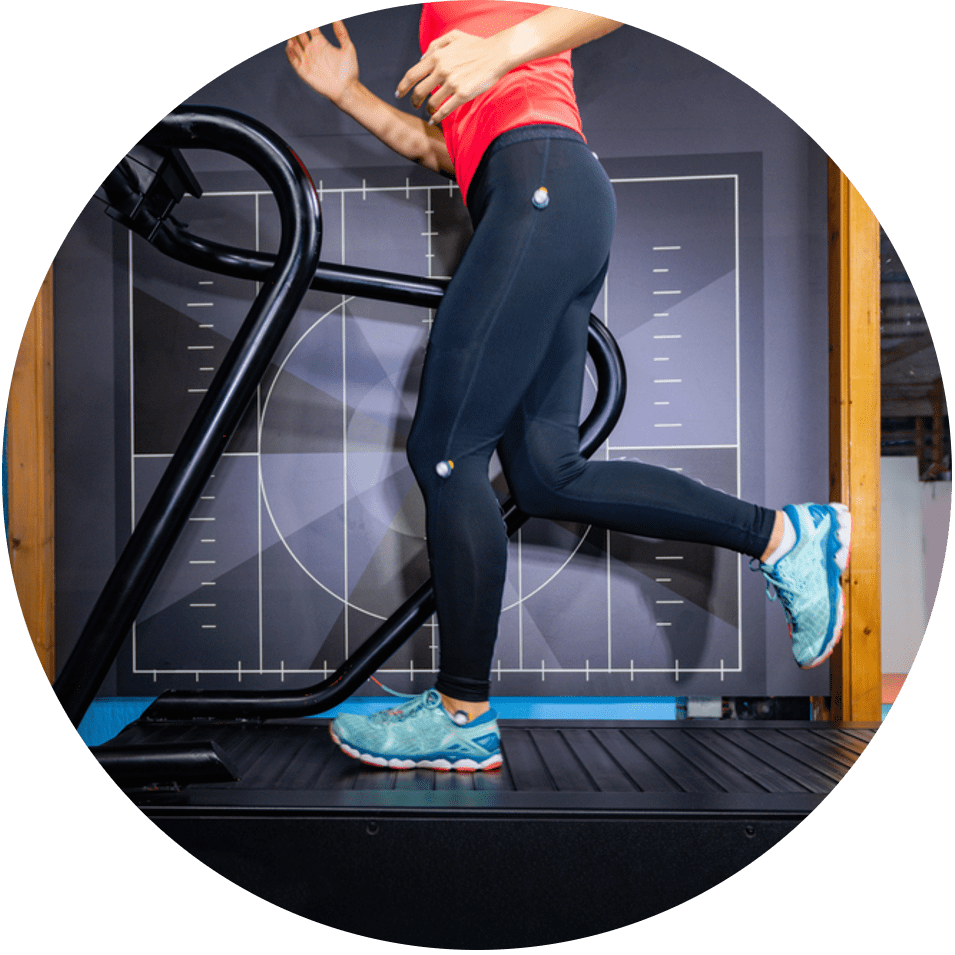Running Gait Analysis
A running analysis includes a thorough history of the runner’s athletic history, a review of training logs, shoe selection and any previous injuries, as well as identification of what goals the runner has. A basic movement screen is conducted before the athlete begins to run on a treadmill. After an appropriate warm up period is granted, video footage is collected from the back, side and front of the runner. The footage is then analyzed from head to toe in all three views, identifying strength and mobility deficits by obtaining angle measurements and comparing them to normative values. Shoe recommendations as well as exercise and drill prescription is then given based on the data from the video.
The subsequent follow up session allows the athlete an opportunity to work on the prescribed program and attempt to implement changes independently, but to ensure correct performance and get answers to any questions that arise. The athlete should come to this session prepared to run and he/she will receive cueing and feedback to help achieve the desired adjustments.

Why is it helpful?
By collecting footage of a runner’s form, it is possible to identify areas of the body that are taking additional stress, inefficient form, inadequate strength and over or under utilization of muscles. In correcting these errors, it is possible to reduce the likelihood of injuries, improve efficiency and maximize performance.
If I have biomechanical errors in my form, can I really change that?
Yes, through specific and targeted work, areas of deficit can improve. The combination of mobility work, strength development, proprioceptive training and form re-education can, in fact, change and optimize running form.
I only run recreationally- is this appropriate for me?
Absolutely! This test is appropriate for runners of all levels. Recreational runners are still taking approximately 2000 foot contacts per mile- this can take a toll on the body if constant errors are being made.
I am very competitive with my running- would this really help me?
Absolutely! Targeting specific areas to work on will translate to bigger gains in the ability to perform in and adapt from training. Not only does a biomechanically sound runner likely sustain less injuries, they are also more likely to recover from training faster, thus making them able to sustain a higher training load, whether that be intensity and/or volume.
Do I need to have an injury to benefit from an analysis?
No! Improving form can enhance training benefits and facilitate better adaptation from training stress. Even in the absence of pain, compensatory strategies can sneak into form that may eventually lead to an injury or stunt fitness gains, and thus impair performance.
